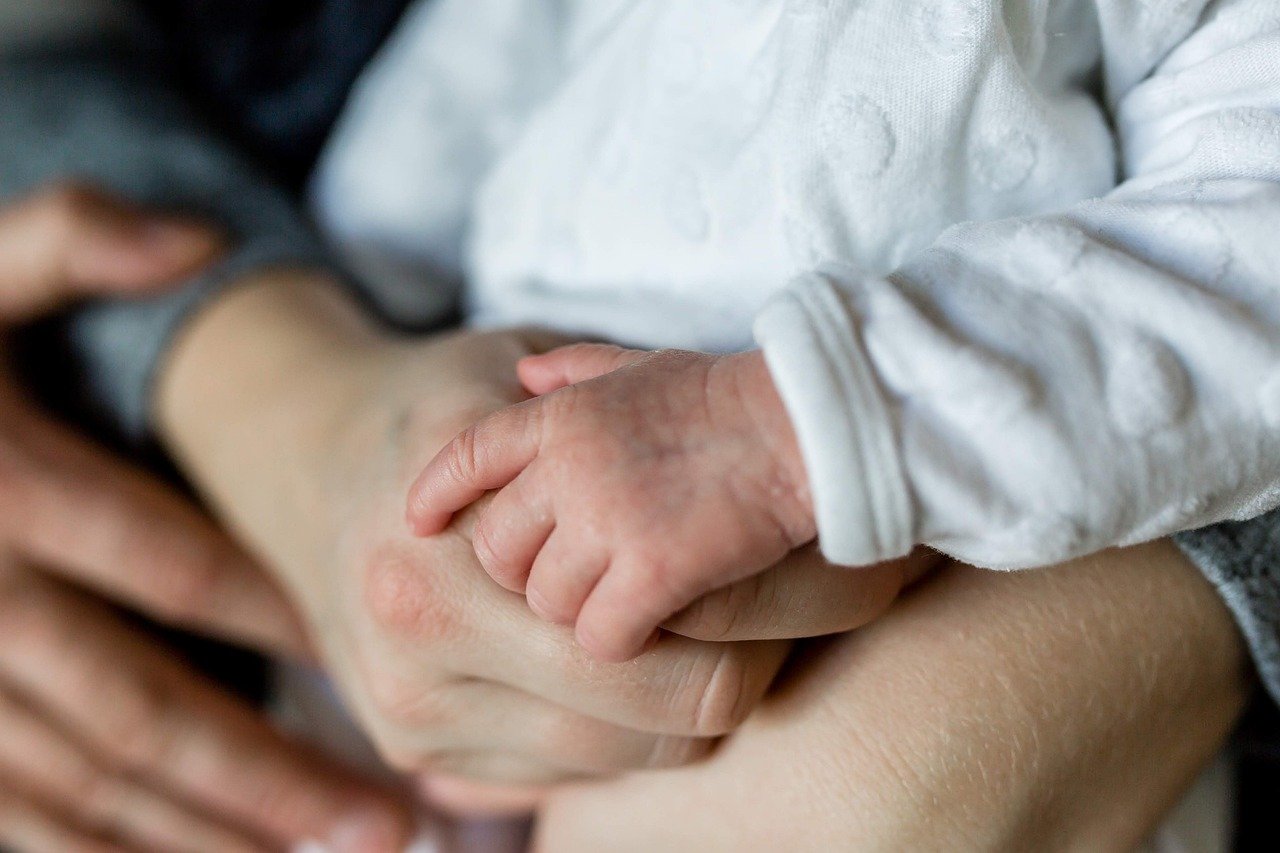
The survey explores family dynamics from Transylvania, Transcarpathia, Vojvodina and Slovakia.Continue reading

Commenting on the 2023 birth figures, news reports have been published with ominous headlines claiming that the government’s demographic turnaround policy, which began with the childcare tax allowance introduced in 2011, has “failed.” Following a low in 2011 (88,049 births), births peaked in 2021 (93,039 births), then started to decline in 2022, and fell further in 2023 – last year’s 85,225 births were below the 2011 low. What is rarely added, however, is that in the meantime, the number of women of childbearing age has fallen dramatically, with the average number of women still giving birth to significantly more children than in 2011.
The statistics define the childbearing age as between 15 and 49 years, writes Világgazdaság. The number of people in this age group fell by 221,279 between the end of 2011, and the end of 2023, a drop of almost 10 percent. The drop is even more dramatic when looking at the 20-39 age group: almost 20 percent. The biggest year-on-year drop was in 2022, when there were 36,866 fewer women of childbearing age in a single year – explaining why the increase in births stopped just then. Meanwhile, the total fertility rate increased steadily after 2011, rising from 1.23 to 1.59 in 2021 (a rate of 2.1 would be needed for population reproduction) and then to 1.51 in 2023, more than a fifth higher than in 2011, at 22.3 percent.
In terms of other rates, the total fertility rate mentioned above predicts how many children women alive today are expected to have during their childbearing years, based on data for a given year. What happened in a given year is better shown by another ratio. In 2011, there were 37.7 births per 1,000 women aged 15-49, rising to 42.9 in 2021, and 40.3 in 2023, seven percent higher than in 2011.
When looking at the 20-39 age group, who are the main beneficiaries of support policies, the increase is even more dramatic: it could be more than 20 percent.
What does this increase in the number of children born mean? Let us look at the number of lives that would have been born to a declining birth-age cohort if the 2011 rates had remained the same, and compare this with the number of children actually born: that is an increase of 75,658 children between the beginning of 2011, and the end of 2023.
In addition to the fact that the family tax allowance is primarily intended to recognize and compensate for the costs invested in raising children for the common good,
it must be confirmed that the incentive effect also works.
What can the support policy do and what can it not do? What it certainly cannot do in the short term: it cannot do anything about the number of people of childbearing age – the impact of which will become apparent in 18 to 20 years. At the same time, the current fall is the result of a process that started decades ago, therefore the effectiveness of the subsidy scheme launched in 2011 is not at all clear. The incentive effect over such a time span can be measured by one thing: the average number of children born to those of childbearing age. This shows a significant and sustained surplus since 2011. While further growth has stopped after 2021,
the birth rate relative to the number of women of childbearing age, as well as the total fertility rate, remains substantially higher than it was before the introduction of the support scheme.
Via Világgazdaság; Featured image via Pixabay